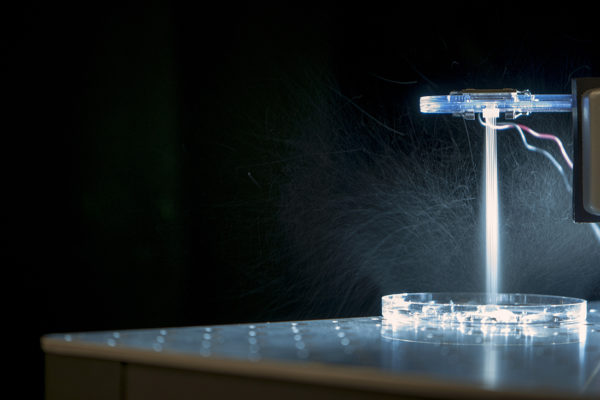Developing enabling technology for emerging gene therapies
For years, researchers have attempted to harness the full potential of gene therapy, a technique that inserts genes into a patient’s cells to treat cancer and other diseases. However, inserting engineered DNA molecules into cells is difficult. A team of engineers at Washington University in St. Louis has developed a new method that could make the process easier.
New technology may reduce deadly complication of bone marrow transplants
Researchers led by John F. DiPersio, MD, PhD, at the School of Medicine have designed a way to mitigate graft-versus-host disease, a common and often life-threatening complication of bone marrow transplants that are used to treat leukemia and other blood cancers. The method also employs a molecular imaging tool to help doctors identify patients most likely to develop this dangerous condition.
Camel, alpaca antibodies target anticancer viruses directly to tumors
Using antibodies from camels and alpacas, scientists led by David T. Curiel, MD, PhD, at Washington University School of Medicine in St. Louis have found a way to deliver anticancer viruses directly to tumor cells, leaving other types of cells uninfected. The discovery may solve a longstanding problem in the field of gene therapy.
Gene therapy method targets tumor blood vessels
Working in mice, School of Medicine researchers report developing a gene delivery method long sought in the field of gene therapy: a deactivated virus carrying a gene of interest that can be injected into the bloodstream and make its way to the right cells. In this proof-of-concept study, they targeted tumor blood vessels in mice without affecting healthy tissues.
Combination treatment in mice shows promise for fatal neurological disorder in kids
Batten disease is a rare but fatal neurological disorder that typically strikes young children. Working in mice with the infantile form of the disease, scientists have discovered dramatic improvements in life span and motor function by treating the animals with gene therapy and bone marrow transplantation.

